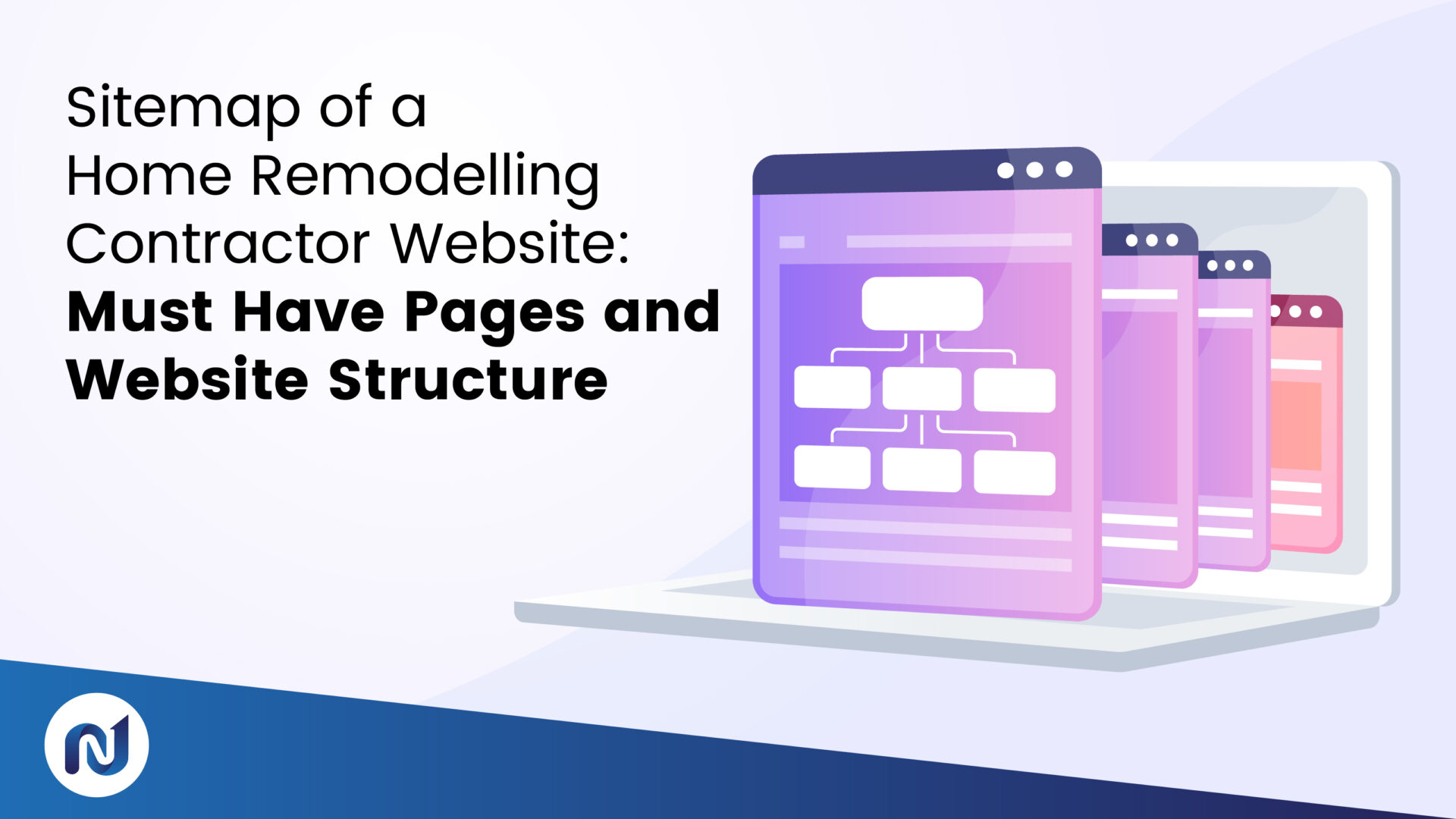
Did you know that according to Adobe, 38% of users will stop engaging with a website if the content or layout is unattractive? That’s a massive chunk of potential customers lost in seconds!
In this blog post, we’re talking about something every small business owner and entrepreneur needs—a website that not only looks great but also brings in visitors. In today’s digital age, your website is often the first impression you make on potential customers. It’s your storefront, your brand ambassador, and sometimes your only chance to turn a browser into a buyer. That’s why having a website that people actually want to visit isn’t just a nice-to-have; it’s essential.
Keep reading as we uncover some key strategies to make your website a magnet for visitors.
Why Some Websites Fail to Get Traffic
Building a website can feel like a daunting task. You might be wondering why, despite all your efforts, your site isn’t getting the traffic you expected.
There are several common pitfalls. For instance, poor design can drive people away. If your site isn’t visually appealing or easy to navigate, visitors won’t stick around. Then there’s content—or the lack of it. Without valuable, engaging content, what’s there to keep your audience interested? Lastly, not understanding your audience can lead to a mismatch between what you offer and what your visitors are looking for.
These issues can turn your website into a ghost town rather than a bustling marketplace. But don’t worry, we’ve got solutions below.
What Makes a Website Successful?
Let’s dig into what makes a website successful.
- Design: Aim for a clean, user-friendly design that guides visitors intuitively through your site. Think about readability, visual hierarchy, and easy navigation.
- Content: Make sure it’s valuable and relevant to your audience. This could be blog posts, videos, or infographics—whatever best communicates your message and engages your audience.
- SEO: Implementing effective SEO strategies will increase your visibility on search engines and attract more visitors. This includes using the right keywords, optimizing your images, and ensuring your site loads quickly.
- Fast Loading Times: An Akamai study found that a 100-millisecond delay in website load time can decrease conversion rates by 7%.
- Understand Your Audience: Conduct market research and gather insights on what your potential customers are looking for in terms of products or services.
- Call-to-Action: You need to have a clear and concise CTA. The CTA is the link between you and your customer. Don’t be afraid to test CTA ideas. For example, Unbounce found that using contrasting colours for CTAs can increase conversion by 14.5%.
- Contact Form: A streamlined contact form can lead to better user experience. Research by Hubspot found that conversion rates improve by almost half when the number of form fields is reduced from four to three.
- Optimize for Mobile Users: With over half of all web traffic coming from mobile devices, a mobile-friendly site isn’t optional; it’s a must. Ensure your site is responsive and provides a seamless experience across all devices.
- Social Proof: This could be testimonials, reviews, or case studies that build trust and show potential customers that others have found value when doing business with you. Research from Nielsen shows that 70% of people trust consumer opinions posted online, emphasizing why you should add testimonials and reviews on your site.
Final Thoughts
Remember the key elements we’ve discussed today—user-friendly design, valuable content, and effective SEO are non-negotiables. Understanding your audience and continually refining your website based on analytics and feedback will keep visitors coming back. Don’t forget to also to include social proof and have that site optimized for mobile. Your website is a living entity; keep nurturing it to grow your business.
If you’re looking to optimize your website and increase your web traffic, talk to the team at Numero Uno Web Solutions. We can help you build a website that people actually want to visit!



